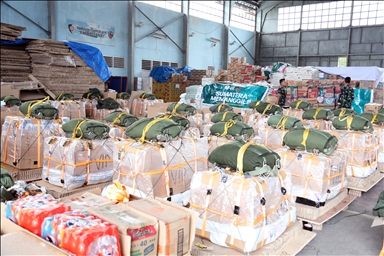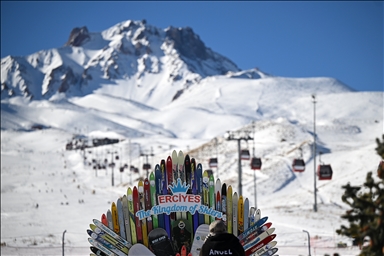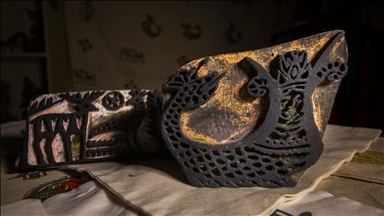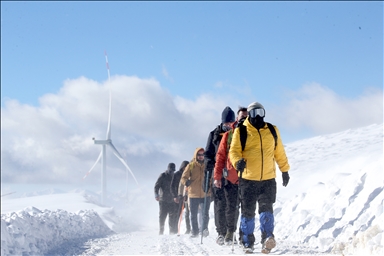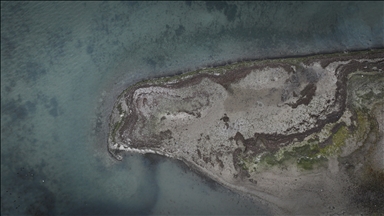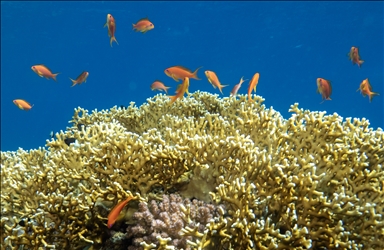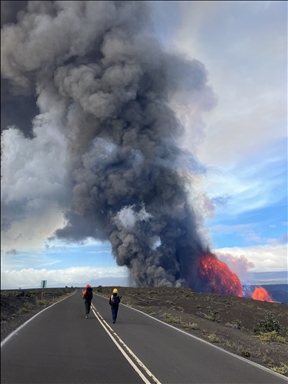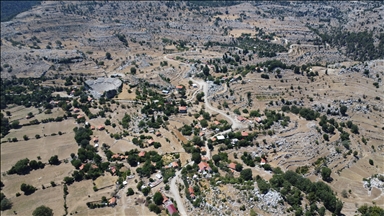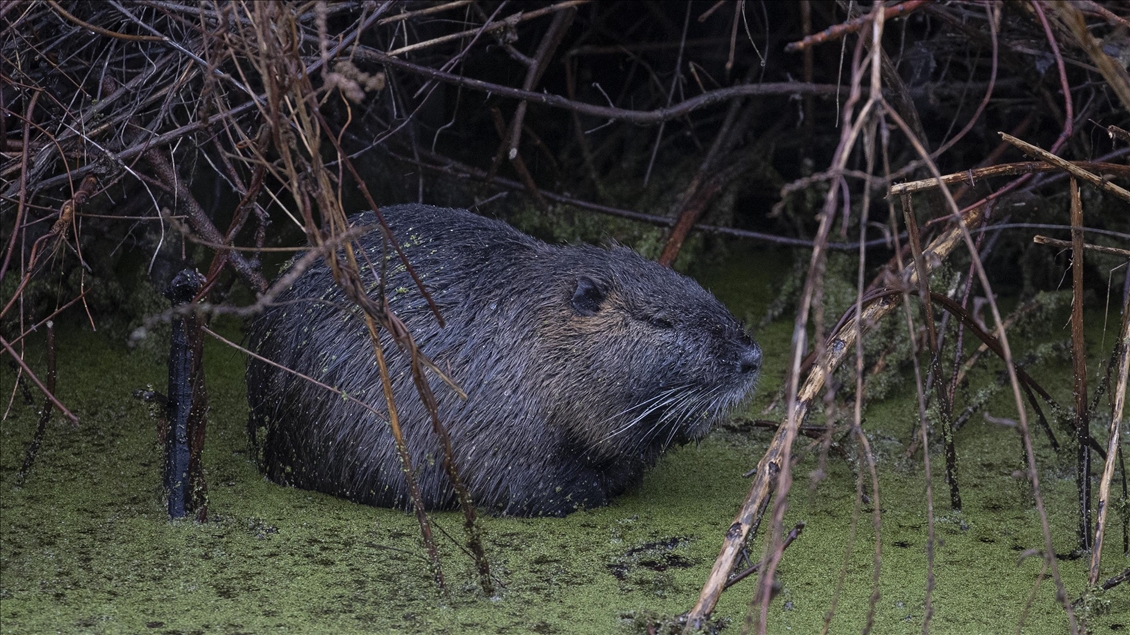
EDIRNE, TURKEY - JANUARY 31: A coypu, also known as nutria swims in the water in Edirne, Turkey on January 31, 2021. The coypu lives in burrows alongside stretches of water, and feeds on river plant stems. Originally native to subtropical and temperate South America, it has since been introduced to Europe and Asia, primarily by fur farmers. Also the habitat of coypus in Thrace, region in Southeast Europe, is expanding. ( Gökhan Balcı - Anadolu Agency )
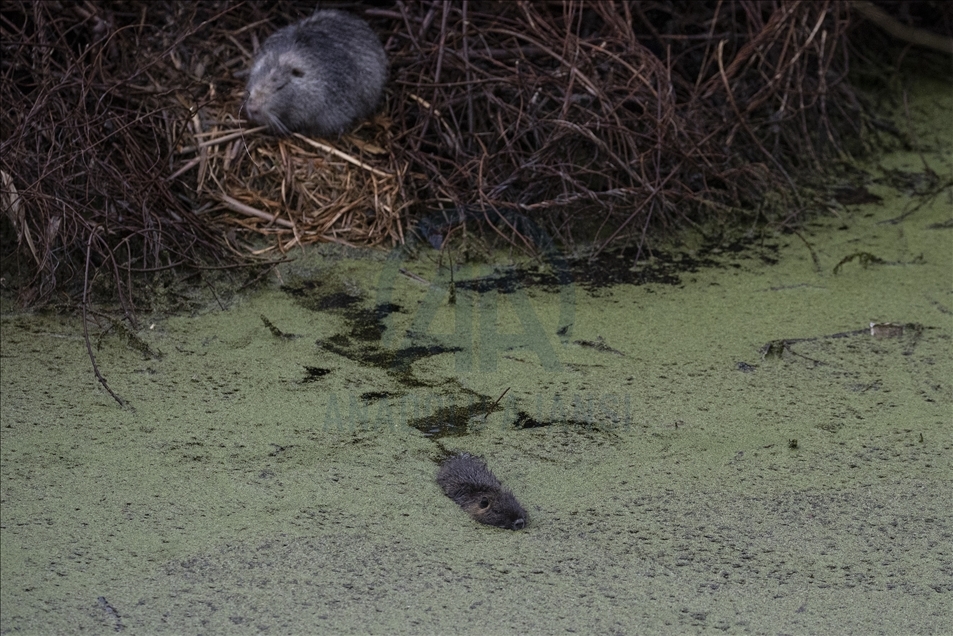
EDIRNE, TURKEY - JANUARY 31: A coypu, also known as nutria swims in the water in Edirne, Turkey on January 31, 2021. The coypu lives in burrows alongside stretches of water, and feeds on river plant stems. Originally native to subtropical and temperate South America, it has since been introduced to Europe and Asia, primarily by fur farmers. Also the habitat of coypus in Thrace, region in Southeast Europe, is expanding. ( Gökhan Balcı - Anadolu Agency )
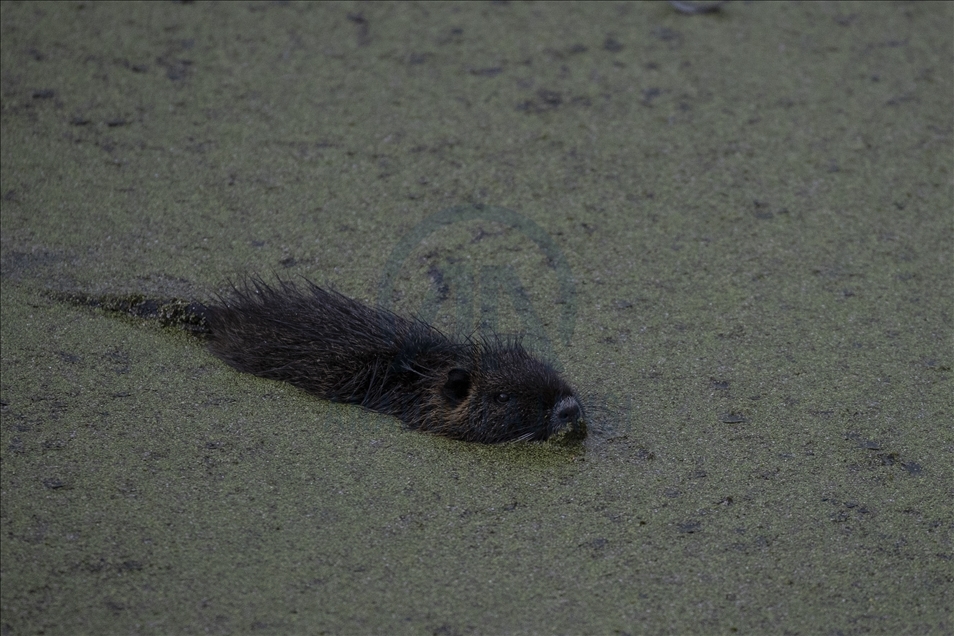
EDIRNE, TURKEY - JANUARY 31: A coypu, also known as nutria swims in the water in Edirne, Turkey on January 31, 2021. The coypu lives in burrows alongside stretches of water, and feeds on river plant stems. Originally native to subtropical and temperate South America, it has since been introduced to Europe and Asia, primarily by fur farmers. Also the habitat of coypus in Thrace, region in Southeast Europe, is expanding. ( Gökhan Balcı - Anadolu Agency )
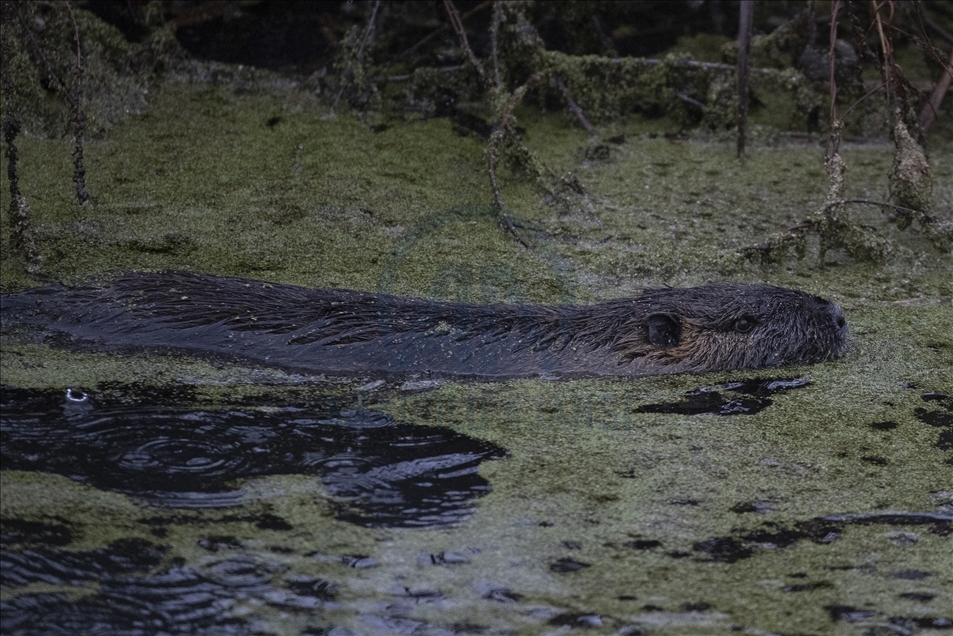
EDIRNE, TURKEY - JANUARY 31: A coypu, also known as nutria swims in the water in Edirne, Turkey on January 31, 2021. The coypu lives in burrows alongside stretches of water, and feeds on river plant stems. Originally native to subtropical and temperate South America, it has since been introduced to Europe and Asia, primarily by fur farmers. Also the habitat of coypus in Thrace, region in Southeast Europe, is expanding. ( Gökhan Balcı - Anadolu Agency )

EDIRNE, TURKEY - JANUARY 31: A coypu, also known as nutria is seen in Edirne, Turkey on January 31, 2021. The coypu lives in burrows alongside stretches of water, and feeds on river plant stems. Originally native to subtropical and temperate South America, it has since been introduced to Europe and Asia, primarily by fur farmers. Also the habitat of coypus in Thrace, region in Southeast Europe, is expanding. ( Gökhan Balcı - Anadolu Agency )
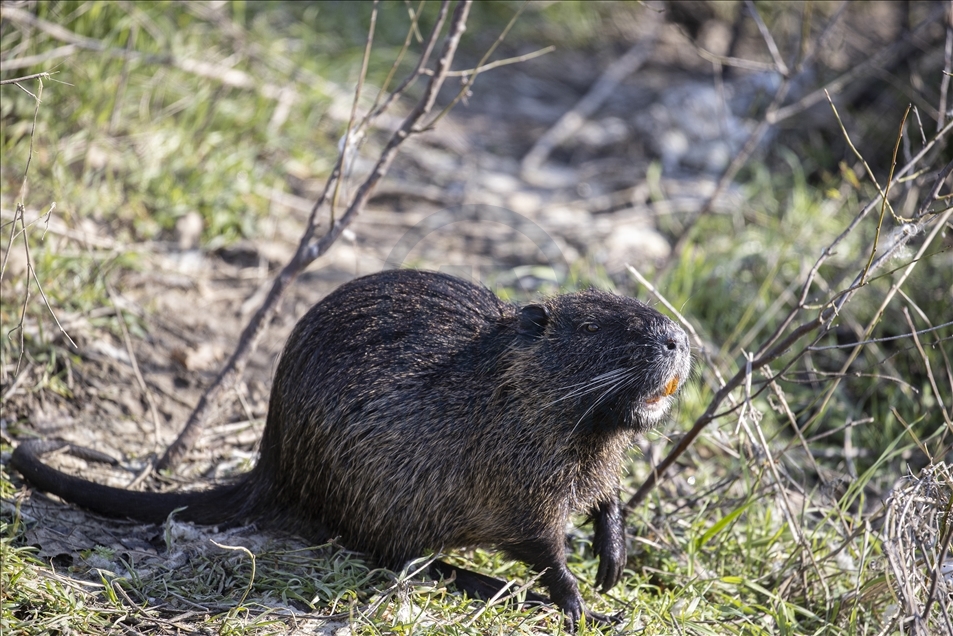
EDIRNE, TURKEY - JANUARY 31: A coypu, also known as nutria is seen in Edirne, Turkey on January 31, 2021. The coypu lives in burrows alongside stretches of water, and feeds on river plant stems. Originally native to subtropical and temperate South America, it has since been introduced to Europe and Asia, primarily by fur farmers. Also the habitat of coypus in Thrace, region in Southeast Europe, is expanding. ( Gökhan Balcı - Anadolu Agency )
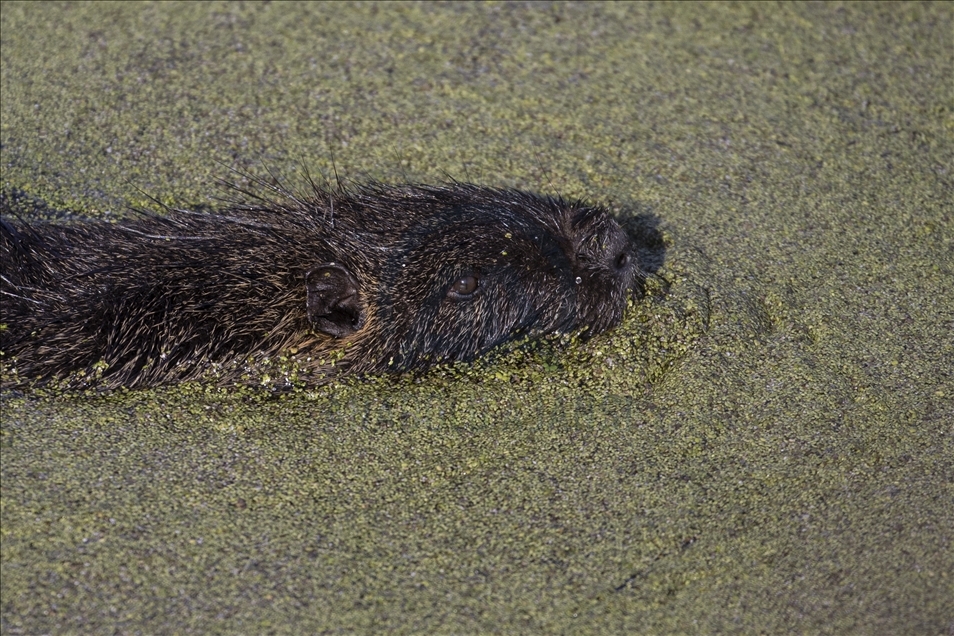
EDIRNE, TURKEY - JANUARY 31: A coypu, also known as nutria swims in the water in Edirne, Turkey on January 31, 2021. The coypu lives in burrows alongside stretches of water, and feeds on river plant stems. Originally native to subtropical and temperate South America, it has since been introduced to Europe and Asia, primarily by fur farmers. Also the habitat of coypus in Thrace, region in Southeast Europe, is expanding. ( Gökhan Balcı - Anadolu Agency )
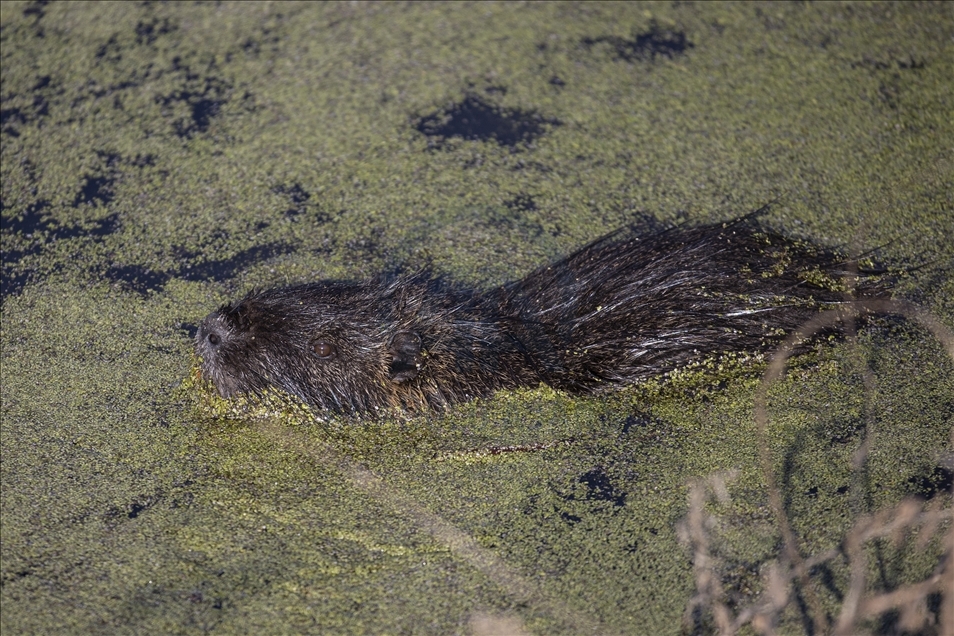
EDIRNE, TURKEY - JANUARY 31: A coypu, also known as nutria swims in the water in Edirne, Turkey on January 31, 2021. The coypu lives in burrows alongside stretches of water, and feeds on river plant stems. Originally native to subtropical and temperate South America, it has since been introduced to Europe and Asia, primarily by fur farmers. Also the habitat of coypus in Thrace, region in Southeast Europe, is expanding. ( Gökhan Balcı - Anadolu Agency )
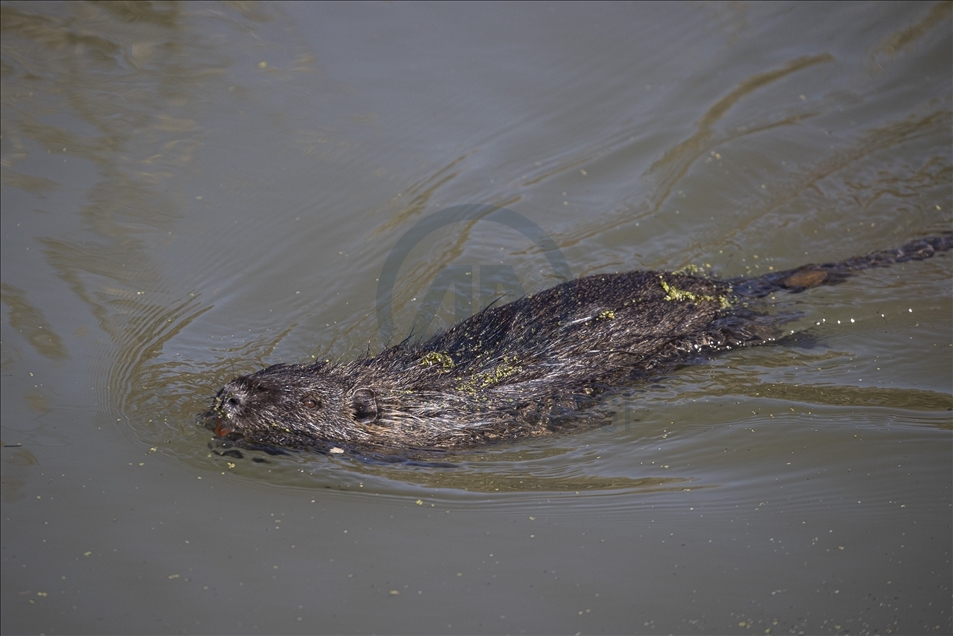
EDIRNE, TURKEY - JANUARY 31: A coypu, also known as nutria swims in the water in Edirne, Turkey on January 31, 2021. The coypu lives in burrows alongside stretches of water, and feeds on river plant stems. Originally native to subtropical and temperate South America, it has since been introduced to Europe and Asia, primarily by fur farmers. Also the habitat of coypus in Thrace, region in Southeast Europe, is expanding. ( Gökhan Balcı - Anadolu Agency )
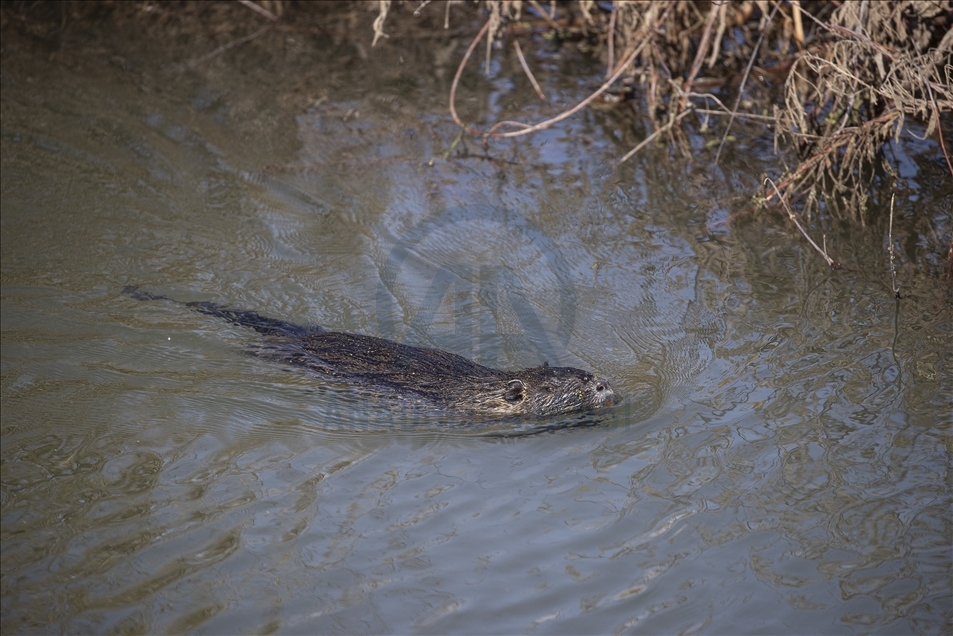
EDIRNE, TURKEY - JANUARY 31: A coypu, also known as nutria swims in the water in Edirne, Turkey on January 31, 2021. The coypu lives in burrows alongside stretches of water, and feeds on river plant stems. Originally native to subtropical and temperate South America, it has since been introduced to Europe and Asia, primarily by fur farmers. Also the habitat of coypus in Thrace, region in Southeast Europe, is expanding. ( Gökhan Balcı - Anadolu Agency )
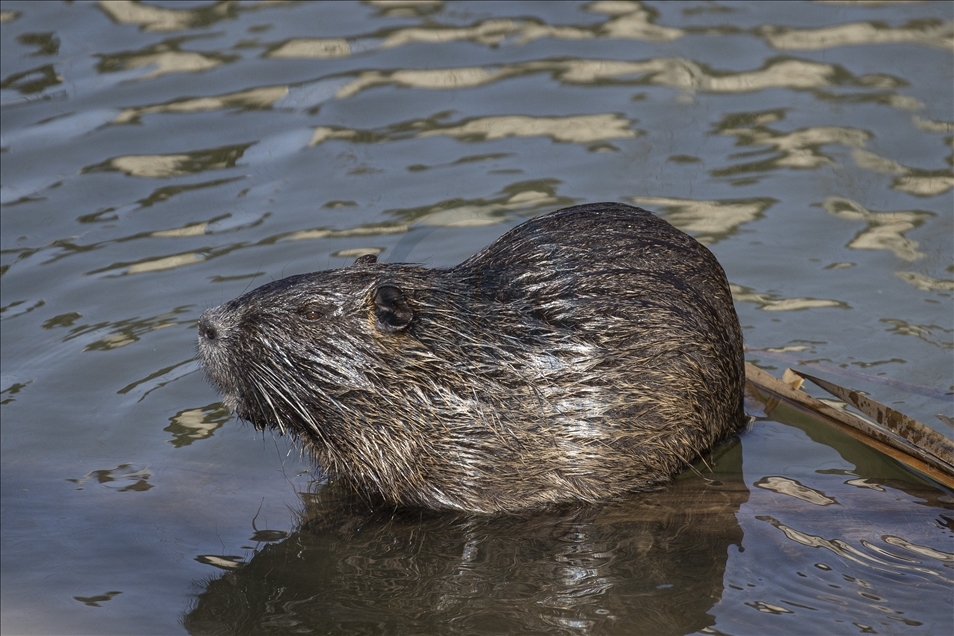
EDIRNE, TURKEY - JANUARY 31: A coypu, also known as nutria swims in the water in Edirne, Turkey on January 31, 2021. The coypu lives in burrows alongside stretches of water, and feeds on river plant stems. Originally native to subtropical and temperate South America, it has since been introduced to Europe and Asia, primarily by fur farmers. Also the habitat of coypus in Thrace, region in Southeast Europe, is expanding. ( Gökhan Balcı - Anadolu Agency )
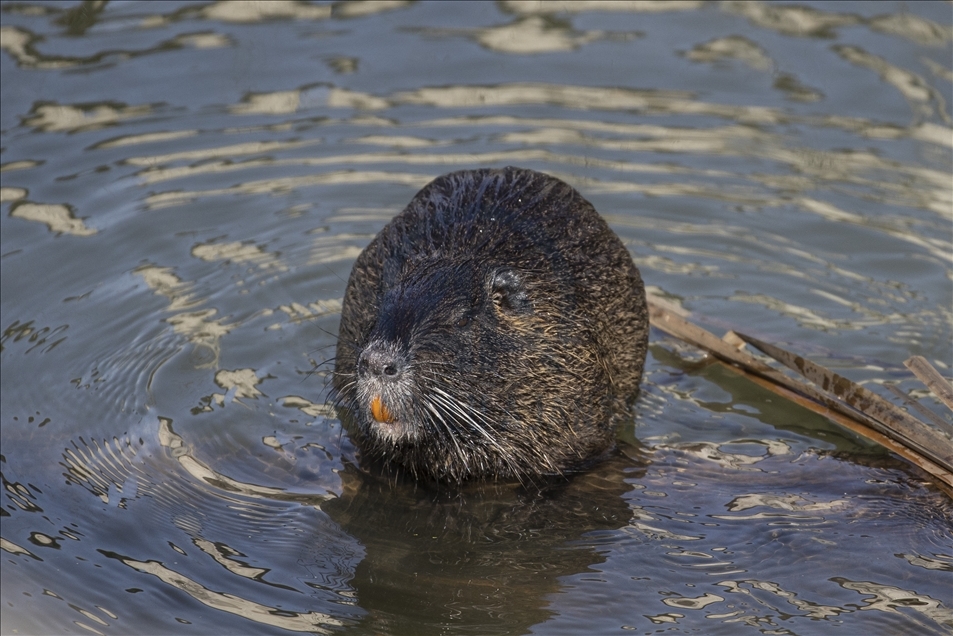
EDIRNE, TURKEY - JANUARY 31: A coypu, also known as nutria swims in the water in Edirne, Turkey on January 31, 2021. The coypu lives in burrows alongside stretches of water, and feeds on river plant stems. Originally native to subtropical and temperate South America, it has since been introduced to Europe and Asia, primarily by fur farmers. Also the habitat of coypus in Thrace, region in Southeast Europe, is expanding. ( Gökhan Balcı - Anadolu Agency )
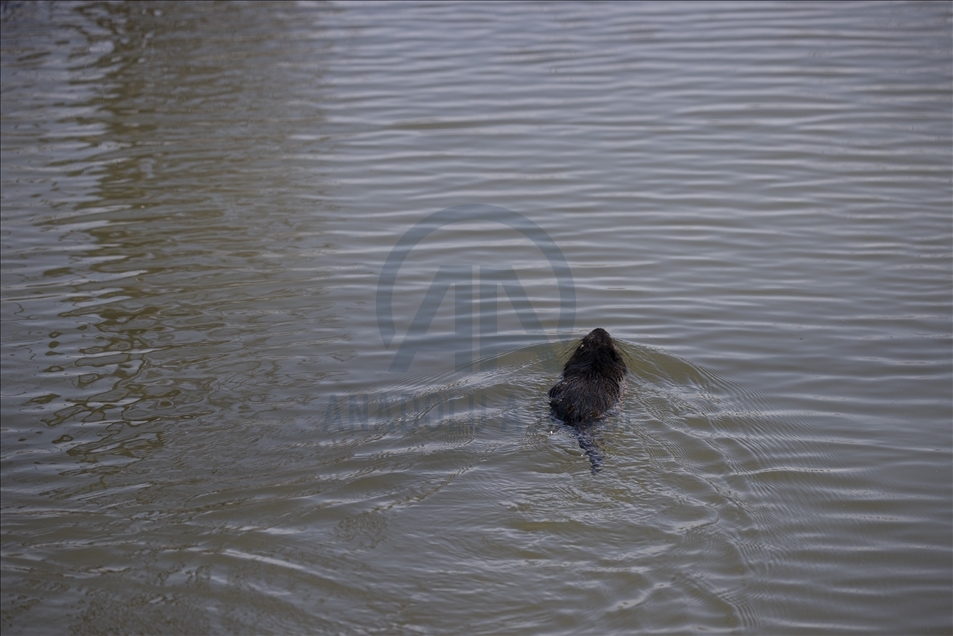
EDIRNE, TURKEY - JANUARY 31: A coypu, also known as nutria swims in the water in Edirne, Turkey on January 31, 2021. The coypu lives in burrows alongside stretches of water, and feeds on river plant stems. Originally native to subtropical and temperate South America, it has since been introduced to Europe and Asia, primarily by fur farmers. Also the habitat of coypus in Thrace, region in Southeast Europe, is expanding. ( Gökhan Balcı - Anadolu Agency )
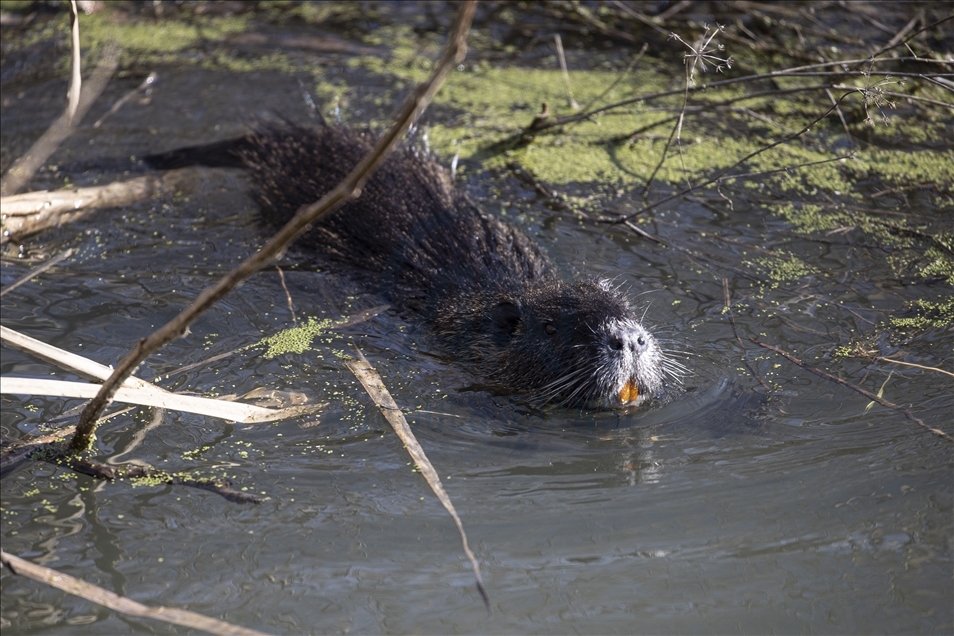
EDIRNE, TURKEY - JANUARY 31: A coypu, also known as nutria swims in the water in Edirne, Turkey on January 31, 2021. The coypu lives in burrows alongside stretches of water, and feeds on river plant stems. Originally native to subtropical and temperate South America, it has since been introduced to Europe and Asia, primarily by fur farmers. Also the habitat of coypus in Thrace, region in Southeast Europe, is expanding. ( Gökhan Balcı - Anadolu Agency )








